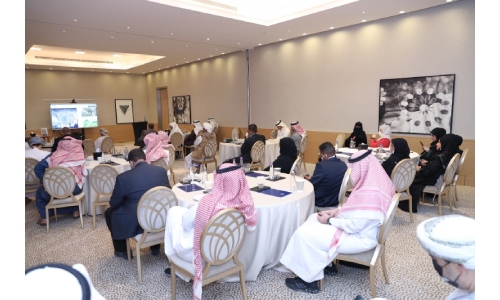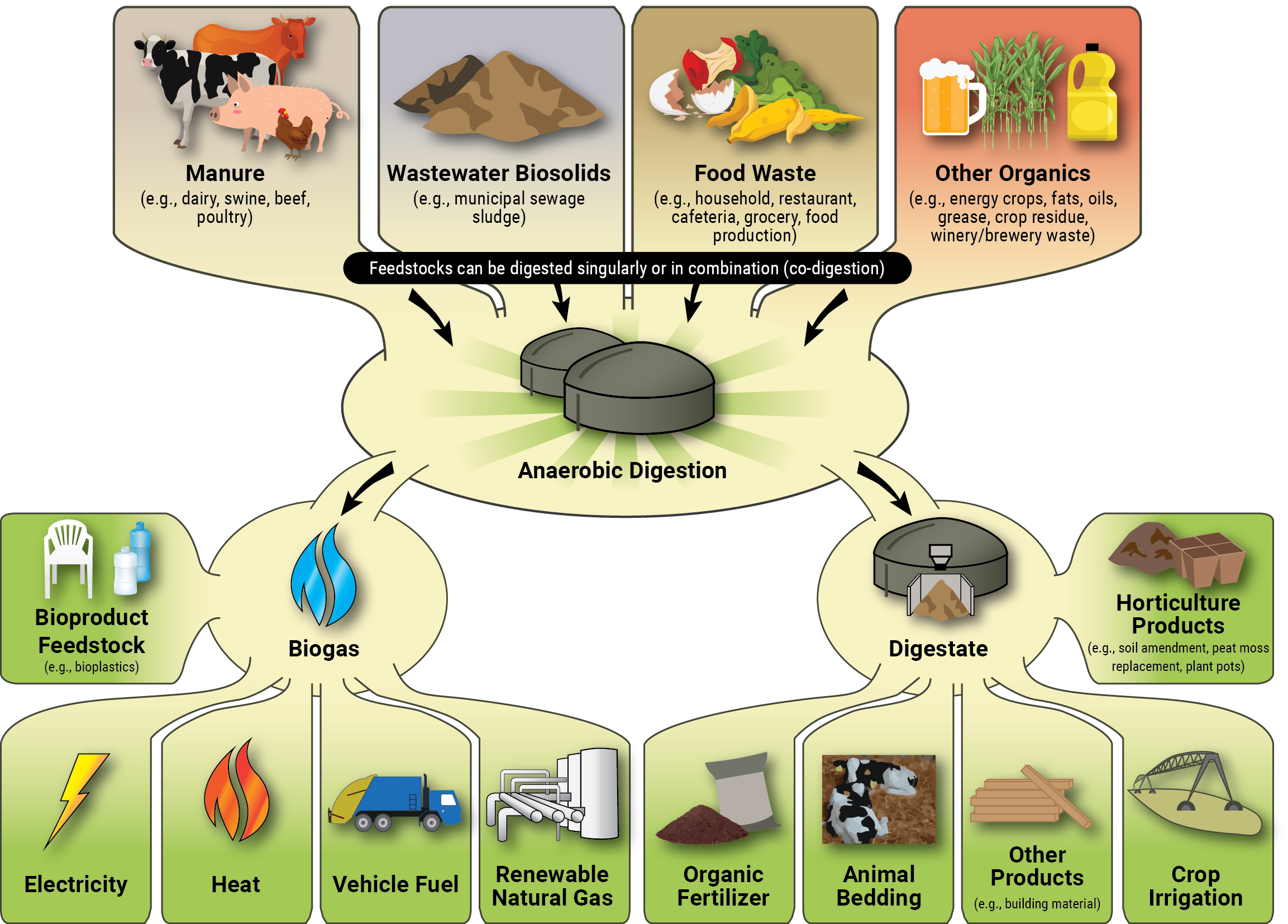Use Anaerobic fermentation to manage biodegradable waste, says AGU expert
TDT | Manama
The Daily Tribune – www.newsofbahrain.com
Implementing anaerobic fermentation (AF) technology to manage biodegradable waste and sewage waste in Bahrain would help curb the production of 536,000 tons equivalent of Carbon dioxide annually, said a top expert from Arabian Gulf University.
Dr Sumaya Youssef of the Arabian Gulf University said the technology would also help Bahrain produce approximately 213.3 gigawatt-hours of electricity and earn $4,265,950 annually from its sales.
The Head of the Natural Resources and Environment Department at AUB said this while presenting a study on the feasibility of anaerobic fermentation technology for managing organic waste and sludge from wastewater treatment plants in Bahrain and biogas production at the 14th Gulf Water Conference in Riyadh.
Dr Youseef pointed out that sewage generated from landfill wastewater treatment plants emits methane, a greenhouse gas 25 times more powerful than carbon dioxide, for its ability to cause global warming.
In this regard, Dr Youssef called on the decision-makers to utilise anaerobic fermentation technology to manage biodegradable water in Bahrain, especially for sewage sludge.
Production of biogas, the doctor said, is a promising source of renewable energy for Bahrain.
The anaerobic fermentation facility for treating biodegradable waste that goes to landfills annually would help generate approximately 213.3 gigawatt-hours of electricity and annual revenue of $4,265,950 from electricity sales.
The second source of revenue from this project would be through the sales of compost produced along with biofuels.
“This would generate revenues in the range of $64,2301, considering that each tonne of organic water produces 0.2 tonnes of the digester.”
“This project is expected to produce 107,050 tons of compost, at an international selling price of $6 per tonnes.”
The project, Dr Youssef said, would save about $8.47 million annually in backfill costs in the landfill.
It would also result in direct environmental benefits achieved by stopping biodegradable waste in the landfill, which amounts to about 536,000 tons equivalent of Carbon dioxide annually, through an anaerobic fermentation plant.
This figure illustrates the flow of feedstocks through the AD system to produce biogas and digestate. (Courtesy of United States Environmental Protection Agency).
What is anaerobic digestion technology?
Anaerobic digestion is a process through which bacteria break down organic matter— such as animal manure, wastewater biosolids, and food wastes—in the absence of oxygen.
Multiple organic materials can be combined in one digester, a practice called co-digestion.
The anaerobic process removes the bulk of COD (Chemical Oxygen Demand) from the wastewater by converting it into biogas (= methane + carbon dioxide) at low operational costs.
How does anaerobic digestion make electricity?
To get electricity from anaerobic digestion, we burn the biogas in generators.
While this does produce CO², it’s still a renewable, carbon-neutral process. ...
By capturing the methane and converting it to CO², we generate electricity while preventing methane from escaping into the atmosphere.
Related Posts


